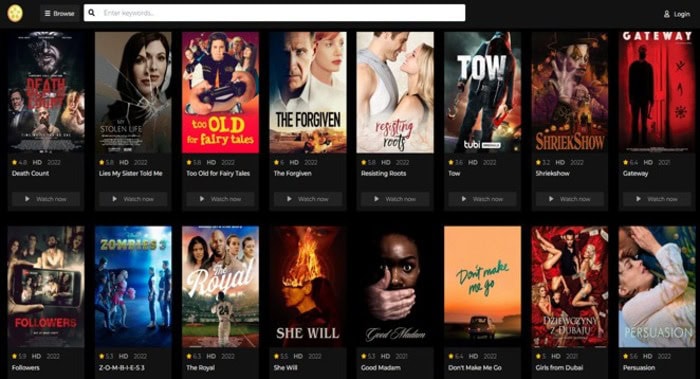
Every business starts with an idea and then the creation of a business plan. This same thought process can be proactively applied when developing a small business marking plan. However, the most successful marking plans make the best use of furthering ROI and marketing effectiveness. Revenue-based financing company Everest Business Funding reviews a complete small business marking plan that consists of identifying marketing goals, market research, target audience analysis, and marketing channels.
-
Identify Marketing Goals
As all well-thought-out plans start out, the first step to crafting a killer small business marketing plan is to identify and establish marketing goals. The more precise and clear the goals are, the more a business leader can set the team up for success through quality communication and active listening ears. Hanging up marketing goals as a daily reminder can help small businesses stay on track.
In addition to identifying marketing goals, developing an executive summary helps with reflecting on the current circumstances of the business, its mission statement, and how the business can further grow into the mission statement. This reflection process is often known as a SWOT analysis. The letters in the acronym SWOT represent strengths, weaknesses, opportunities, and threats. Completing a SWOT analysis better paints a picture of where a marketing plan would benefit the business most.
-
Market Research
Strengthen decisions when developing a market plan with market research. By blending economic trends with consumer behavior, market research allows entrepreneurs to find verification in their business ideas and also advance it. Marking research acts as a process that reduces the risk of a business while it’s still an idea that makes major headway.
A great place to start with market research is by utilizing existing sources. Though existing sources are less consuming of time and effort, more specific target audience information can bloom from doing the grind of research or going out and talking to consumers directly. When market research is done directly, since it can be more time pricey and consuming, thinking about what problems consumers can help answer to form the business can save that extra time and money spent.
-
Target Audience Analysis
When piecing together a marketing plan, it is critical to understand what target audience would be likely to purchase a product or service. If a marketing or sales team is unsure of their target audience, their efforts are not as efficient due to a missed campaign directed at the wrong audience. A target audience analysis calls for business developers to collect and evaluate data. This data includes a target audience’s demographics, interests, engagement with a product or service, values, and lifestyles. When finding a business’s target audience, looking at the target audience for direct competition is a good place for guidance to start.
-
Marketing Channels
The four types of marketing channels include traditional, digital, free, and paid. Identifying these four marketing channels helps with the start of a channel strategy, which is about matching up a target audience’s habits and needs. Selecting which channels best align with a target audience is the first step before brainstorming, planning, and scheduling marketing campaigns.
About Everest Business Funding
Everest Business Funding is a small business owner’s trusted partner. They support entrepreneurs by providing them with working capital to expand their business and operations. The entire application, approval, and funding process is completed in record time. When you need cash for equipment, staff, renovations, inventory, marketing, or anything else, Everest Business Funding can help.


